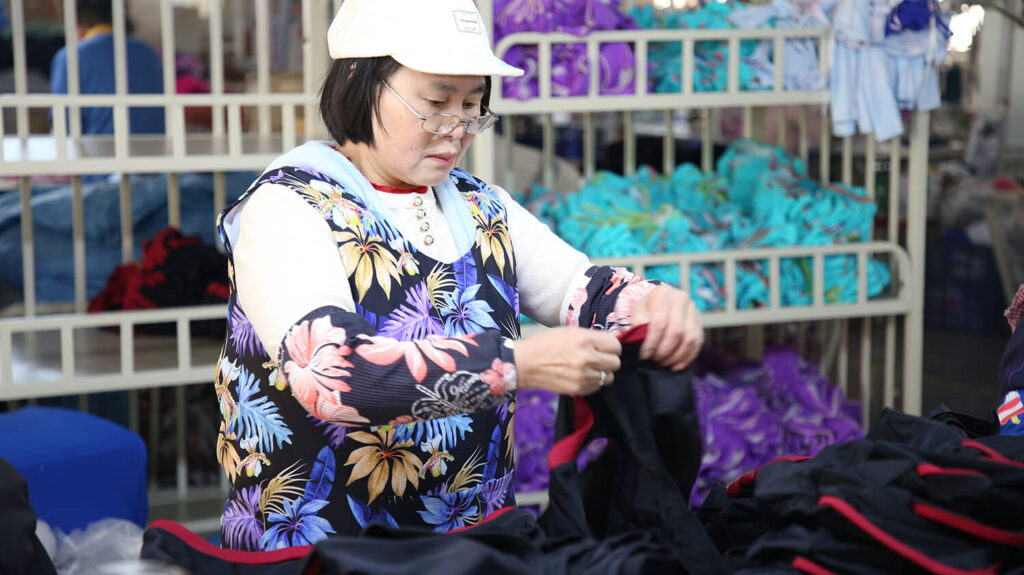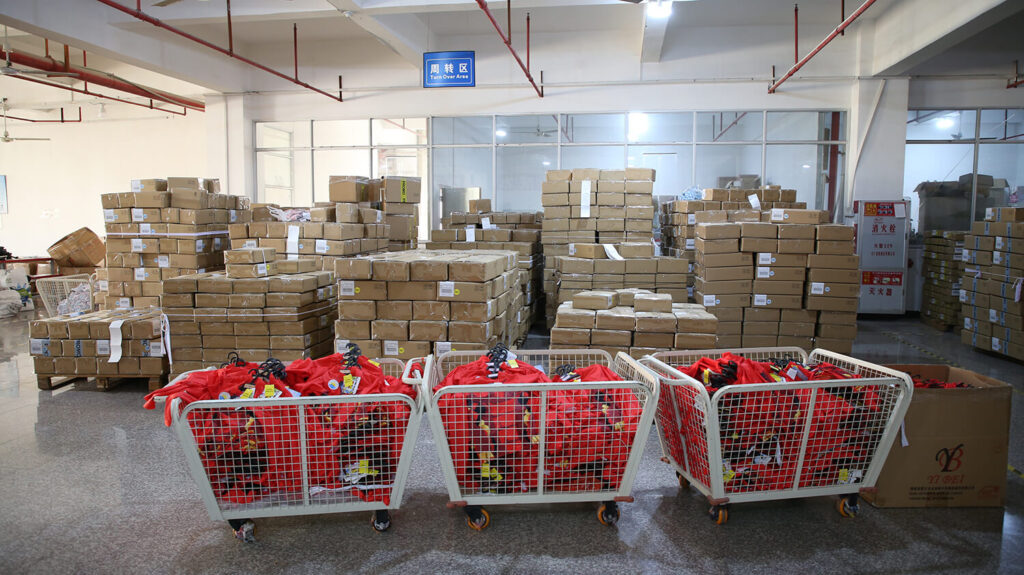The Art of Swimsuit Manufacturing: Quality, Innovation, and Fabric Selection
The Art of Swimsuit Manufacturing: Quality, Innovation, and Fabric Selection
Swimwear is more than just a fashion statement—it’s a combination of functionality, durability, and style. Whether for leisure, competitive swimming, or water sports, the right swimsuit enhances comfort and performance. Behind every high-quality swimsuit is a well-structured manufacturing process, involving advanced fabric selection, cutting-edge production techniques, and strict quality control.
At our swimsuit factory, we specialize in producing premium swimwear that meets international standards. From selecting the best fabrics to utilizing efficient production techniques, we ensure that every piece is designed for comfort, durability, and performance.
1. The Manufacturing Process of Swimsuits
The production of swimwear involves multiple steps, ensuring that each swimsuit is designed for style, durability, and comfort. Here’s a look at how swimsuits are made in our factory:
Step 1: Design & Pattern Making
- Before production, our design team creates swimwear sketches and digital patterns based on market trends and customer needs.
- Advanced CAD (Computer-Aided Design) software is used to create precise patterns and templates for different swimsuit styles.
- Prototypes are developed and tested for fit, comfort, and flexibility before finalizing the design.
Step 2: Fabric Selection
- The fabric choice is crucial in determining the stretchability, durability, and water resistance of swimwear.
- Popular swimwear fabrics include nylon, polyester, and spandex blends, offering excellent elasticity and quick-drying properties.
- Special fabrics with chlorine resistance and UV protection (UPF 50+) are used to enhance longevity and protect against sun exposure.
Step 3: Cutting the Fabric
- Once the fabric is selected, it is laid out on cutting tables using automated cutting machines for precision.
- Cutting machines ensure that every piece is identical in shape and size, reducing material waste.
- Specialized laser cutting techniques are sometimes used for seamless and high-precision finishes.
Step 4: Stitching & Assembly
- Swimsuits require specialized stitching techniques to ensure flexibility and durability in water.
- The most common stitching methods used in our factory include:
- Flatlock stitching: Minimizes irritation and creates a smooth seam.
- Overlock stitching: Provides strong, elastic seams for high-performance swimwear.
- Bonded seams: Used for seamless swimsuits, reducing drag for competitive swimmers.
- Elastic bands and adjustable straps are added to provide secure and comfortable fits.
Step 5: Printing & Embellishments
- Swimwear designs often include digital printing, screen printing, or sublimation to create vibrant patterns and graphics.
- Sublimation printing ensures long-lasting colors that don’t fade with sun or chlorine exposure.
- Additional embellishments such as embroidered logos, appliqués, or heat-transfer labels are added for branding and customization.
Step 6: Quality Control & Testing
- Every swimsuit undergoes rigorous quality checks to ensure high standards.
- Testing includes:
- Stretchability tests to ensure the fabric retains its shape after repeated use.
- Chlorine and saltwater resistance tests to measure durability.
- UV protection tests to confirm sun safety compliance.
- Swimsuits are also tested for fit and comfort using real-life models before mass production.
Step 7: Packaging & Shipping
- After passing quality control, the swimsuits are carefully folded, labeled, and packaged according to customer requirements.
- Our factory provides custom packaging options, including eco-friendly biodegradable packaging.
- Products are then shipped globally through reliable logistics networks, ensuring timely delivery.
2. The Importance of Fabric Selection in Swimwear Manufacturing
Fabric selection is one of the most critical aspects of swimwear production. The right material determines the fit, feel, and durability of the swimsuit. Here are the most commonly used swimwear fabrics in our factory:
1. Nylon (Polyamide) – Soft & Lightweight
✔ Pros:
- Soft and comfortable against the skin.
- High elasticity for a snug and flattering fit.
- Dries quickly, making it ideal for beachwear and poolside lounging.
✖ Cons:
- Less resistant to chlorine compared to polyester.
- Can lose shape over time with frequent exposure to chemicals.
2. Polyester – Durable & Chlorine-Resistant
✔ Pros:
- Highly resistant to chlorine, making it ideal for competitive swimwear.
- Retains shape and elasticity even after frequent washing.
- Excellent UV protection, reducing sun damage.
✖ Cons:
- Less stretchable compared to nylon.
- Can feel slightly stiffer than other fabrics.
3. Spandex (Lycra/Elastane) – Ultimate Stretchability
✔ Pros:
- Offers excellent stretch and recovery, allowing unrestricted movement.
- Provides a body-hugging fit, ideal for performance swimwear.
- Often blended with polyester or nylon for extra flexibility.
✖ Cons:
- Less resistant to chlorine and saltwater.
- Over time, may lose elasticity if not properly maintained.
4. PBT (Polybutylene Terephthalate) – Competitive Swimmers’ Choice
✔ Pros:
- Excellent chlorine resistance, making it perfect for lap swimming and training.
- Quick-drying and highly durable.
- Offers great shape retention without excessive compression.
✖ Cons:
- Not as soft as nylon or spandex.
- Limited availability in fashion swimwear due to its focus on performance.
5. Eco-Friendly Fabrics – Sustainable Swimwear
✔ Pros:
- Made from recycled materials, such as recycled polyester (RPET).
- Reduces environmental impact while maintaining performance and durability.
- Provides UV protection and resistance to chlorine.
✖ Cons:
- Slightly higher cost compared to regular swimwear fabrics.
- Limited availability in all colors and designs.
3. Why Choose Our Swimsuit Factory?
At our swimsuit manufacturing facility, we focus on quality, innovation, and sustainability. Here’s why brands and businesses choose us for their swimwear production:
✅ Custom Manufacturing Options
- We offer OEM (Original Equipment Manufacturer) and ODM (Original Design Manufacturer) services.
- Clients can customize designs, colors, fabrics, and branding to create unique swimwear collections.
✅ Advanced Production Technology
- We use state-of-the-art machinery and techniques, including digital printing, seamless bonding, and eco-friendly dyeing.
- Our automated production lines ensure efficiency and precision.
✅ Sustainability Commitment
- We prioritize eco-friendly materials and ethical production.
- Our factory implements waste reduction programs and water-efficient dyeing processes.
✅ Low MOQ (Minimum Order Quantity)
- We offer low MOQs starting from 100 pieces, making us ideal for startups and small businesses.
- Bulk orders come with competitive pricing and fast turnaround times.
✅ Global Export & Reliable Logistics
- We ship internationally and handle all export documentation for seamless transactions.
- Our partnerships with major logistics providers ensure timely and secure deliveries.
Conclusion
Manufacturing swimwear requires expertise in fabric selection, design, and production processes. At our swimsuit factory, we specialize in creating high-quality swimwear for brands worldwide, ensuring comfort, durability, and style.
From selecting the right chlorine-resistant and UV-protective fabrics to using advanced production techniques, we are committed to delivering exceptional swimwear that meets global standards. Whether you need custom designs, bulk orders, or eco-friendly options, our factory is your ideal partner for premium swimwear manufacturing.
Interested in partnering with us for swimwear production? Contact us today! 🌊👙🏊♂️✨

 One-Piece Swimsuits
One-Piece Swimsuits Two-Piece Swimsuits
Two-Piece Swimsuits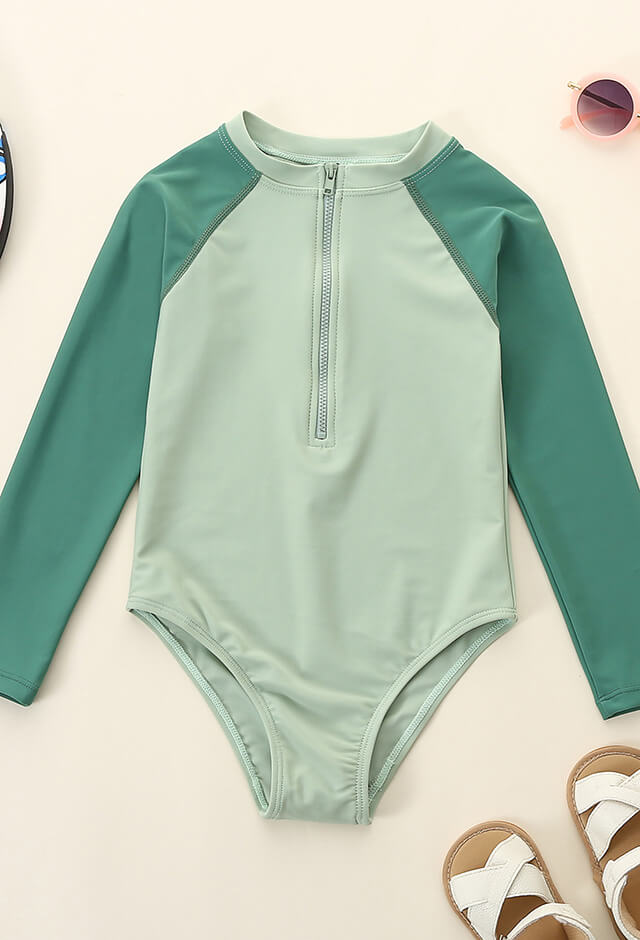 Rash Guards
Rash Guards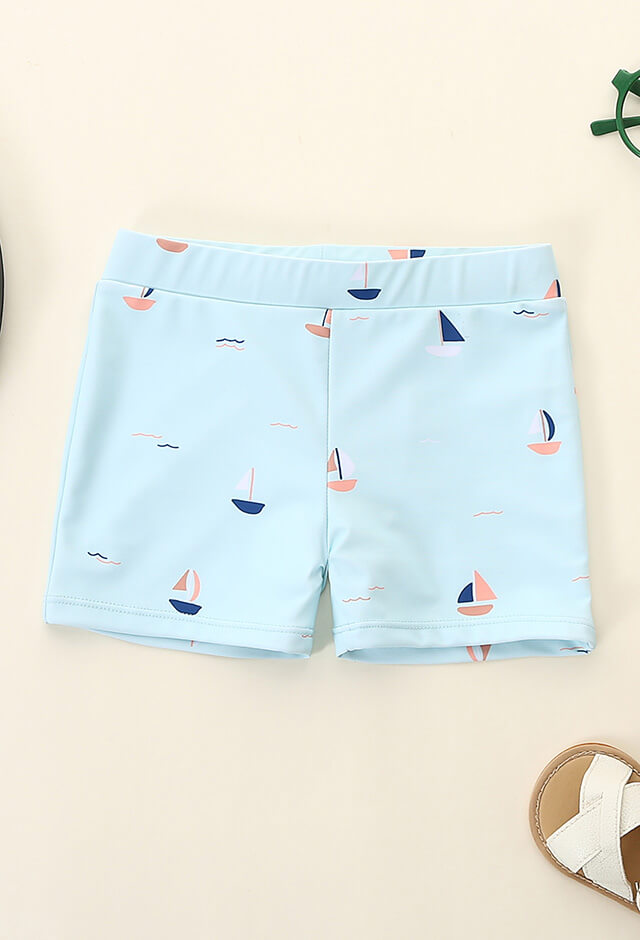 Swim Trunks
Swim Trunks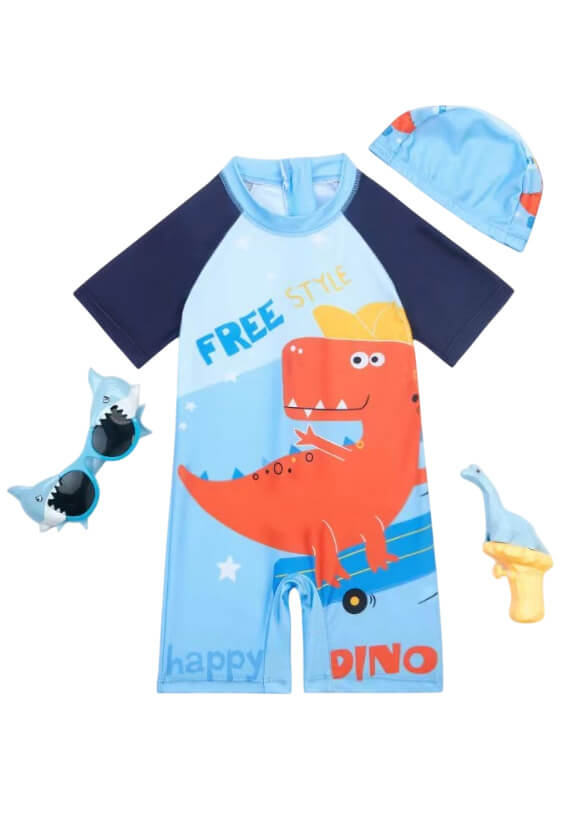 Boy Swimsuits
Boy Swimsuits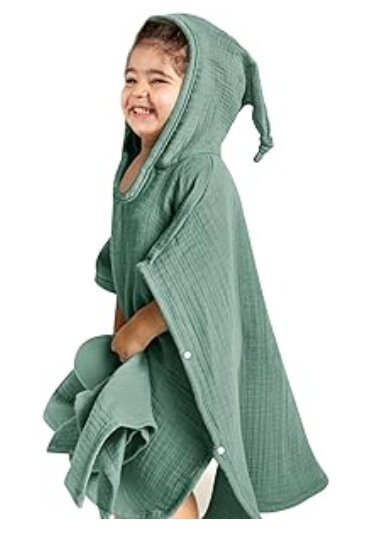 Poncho
Poncho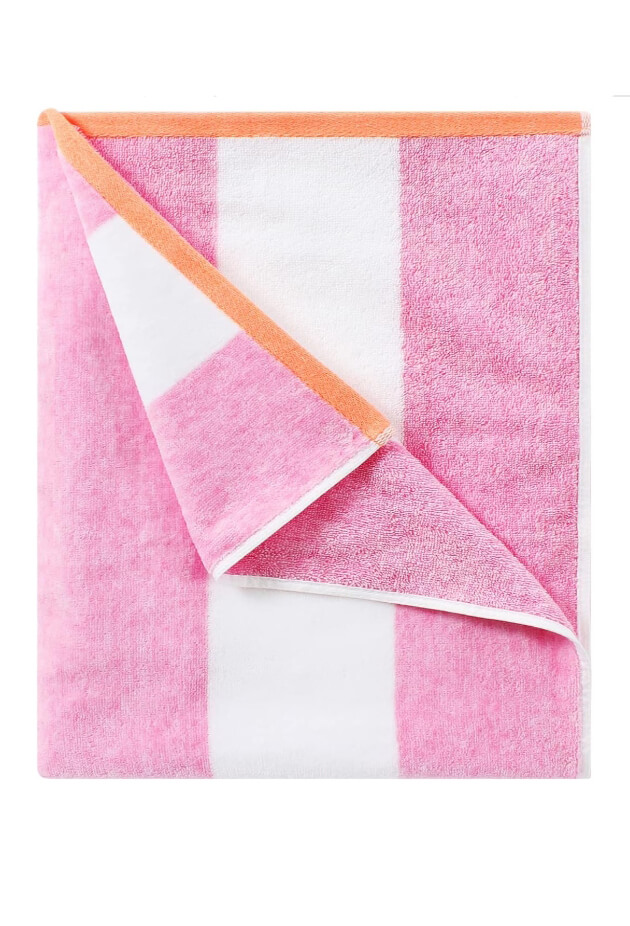 Beach Towel
Beach Towel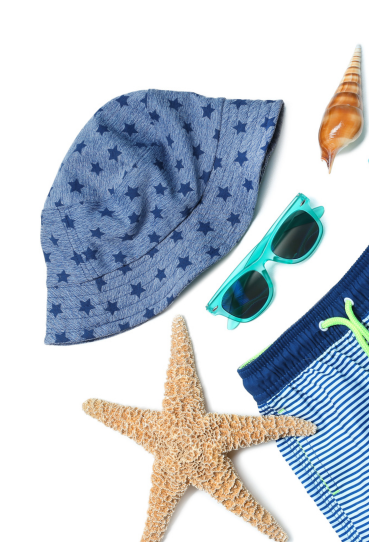 Sun Hat
Sun Hat